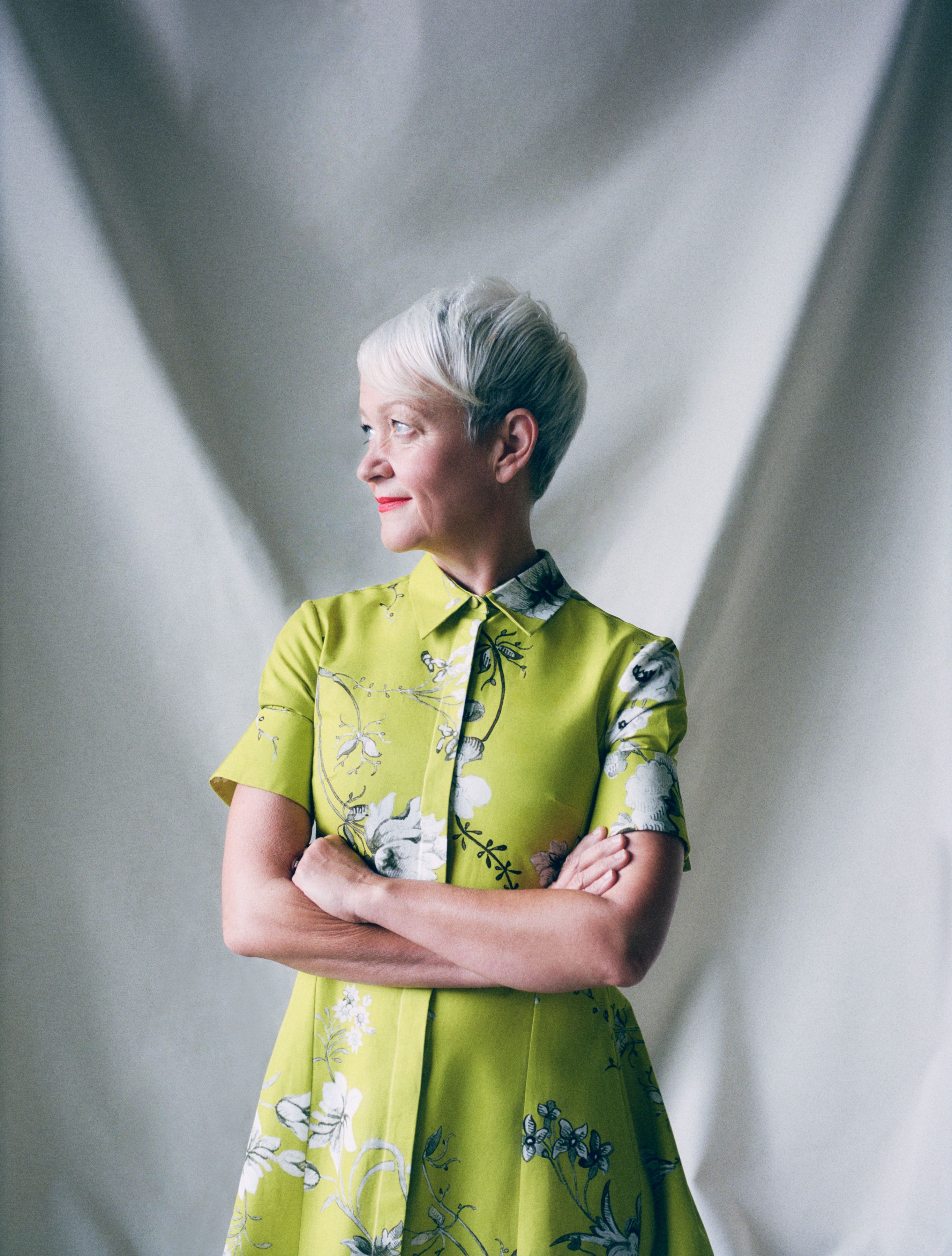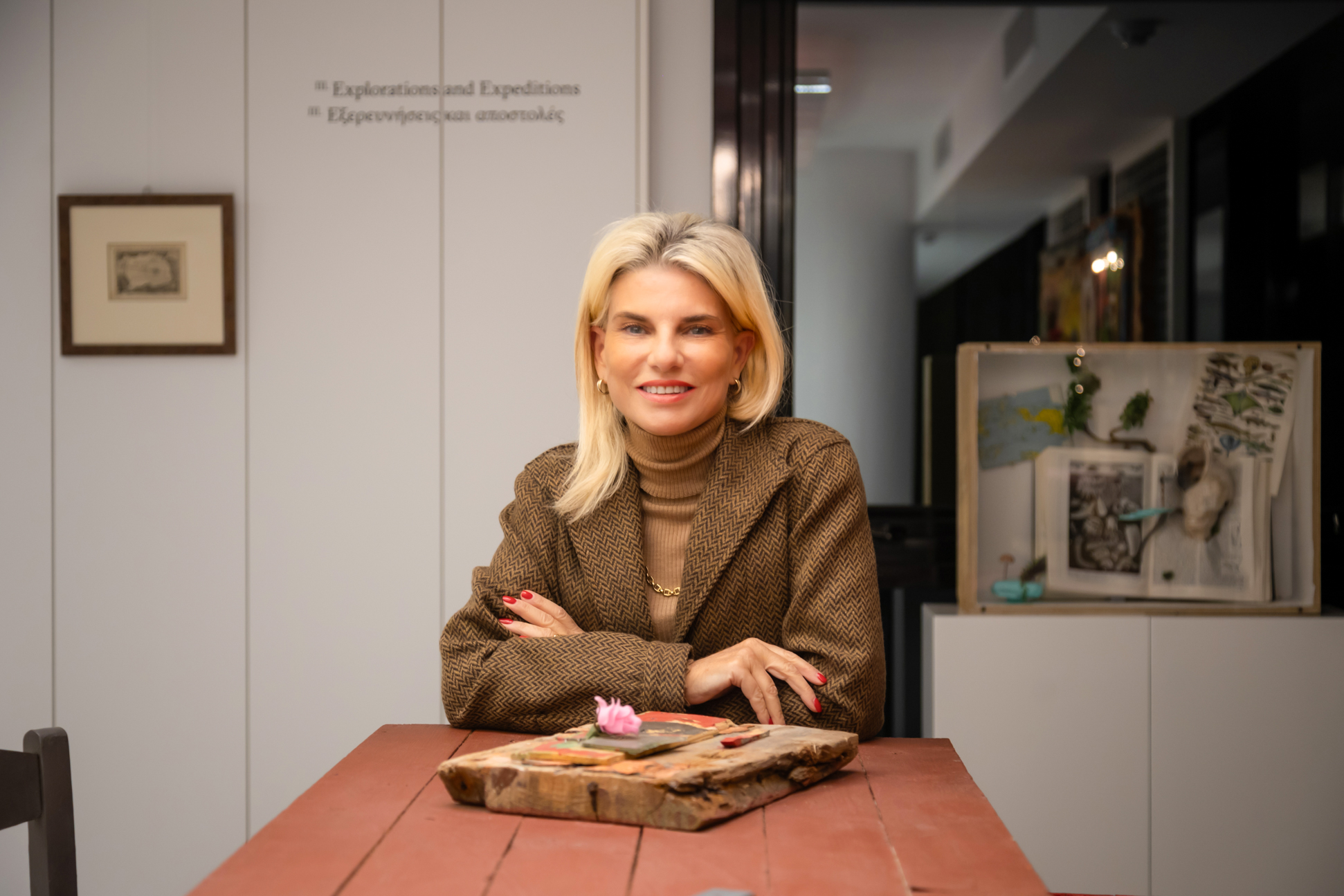The Turner Prize 2025 has been awarded to Nnena Kalu. The winner of the £25,000 prize was announced this evening at a ceremony at Bradford Grammar School presented by magician Steven Frayne, formerly known as Dynamo, in Bradford, this year’s UK City of Culture, and broadcast live on BBC News.
Year of the Rabbit | Part 1: The Rabbit Hole

What transpired in the last few years has created a mad world with some of the most remarkable, surprising, and shocking scenes. Collectively, we've experienced a racial reckoning, a war, and a climate emergency that have substantially reconfigured our living conditions.
Given that art is a self-replicating energy, countless depictions of the ups and downs we've recently experienced are about to unravel through the lens of visionary artists, shaping how we see art today. I want to explore these tensions and understand how the magnitude of these events influences decisions and trends that cascade into art.
With the backdrop of a health and humanitarian crisis, the climate emergency, and the rising cost of living - we will see pioneers who make art through a socially conscious lens, masters of capturing the vulnerabilities, as well as all the flowers that blossomed in between. To sum this up:
Pandemic (covid + vaccines)
+
War (Russia invading Ukraine)
=
Inflation
Inflation - the rising cost of everything impacting every financial ecosystem and market will likely trigger a recession. Since I am addicted to art, it's only natural to think about the implications these circumstances have on art and how it shapes art moving forward. Here are my top insights into shifts in 2022 that may influence what's to come.
The independent representation of artists.
A new model of artist representation is unfolding. Recent generations of artists are taking more control over their careers, independently representing themselves. There are fewer signings with galleries, more temporary contracts, more bespoke collaborations, and more individual deals as consignments. Artists have more agency. More agency harnesses the freedom to explore cross-disciplinary practices to expand their practice and become more autonomous in how they choose to drive their careers.
Last September, HAKE House of Art in Sydney redefined the gallery's role in representing emerging artists. HAKE created a paradigm shift by empowering artists with opportunities to represent themselves independently and sign with the gallery. Moments between Moments was a show designed to connect the exhibiting artist, Shannon Simm, with other artists, galleries, curators, and friends in the industry. HAKE's approach strategically positions the artists to introduce themselves and their practice, tap into a broader network, and cultivate connections - all the while seeing how these new acquaintances respond to their work. This instrumental role pairs underrepresented and emerging artists with unique opportunities to boost their exposure, connect with an expanded collector base, and present their work to new audiences to intersect visual art with different elements of culture.

The rapid expansion of galleries
Contemporary art is edging itself (we welcome this) into every continent. Galleries are far from becoming obsolete despite artists having more agency. Not only is their role shifting, but their footprint is expanding. Almost once a month, a mega-gallery (think David Zwirner, Hauser and Wirth, Gagosian) announces they're opening their third, fourth, and fifth international location (yet to enter the Australian market). In 2022 Frieze had its first foray into the Asian market in Seoul, and for the first time, Paris hosted an Art Basel. Having a feel for the culture in a new location is an easy way into a new market - this is clear in how the west is wedging into the east. It's also an opportunity to represent artists of that region. Still, it retracts from the exclusivity of visiting these places, especially for someone like me, who lists every gallery I want to see every time I travel. This rapid expansion of mega-galleries makes art more commercial and mainstream than we've seen before. It's hard to define art's role in the gallery ecosystem when it looks like a chain of luxury brands popping up in the world's trendiest places.

The collapse of crypto
According to ArtNet, NFT sales decreased by over 90% from 2021 to 2022, indicating that crypto is crumbling. As a movement in art history, NFTs don't bother me. There are some incredible digital artists I love and whose practice I admire. Major institutions supporting NFTs also are fine - however, this would have pressured some artists into thinking that they should digitise their work to keep up with the trends.
My biggest issue was the hype around the financial perception NFTs have bought with art. Unsurprisingly, this is the same reason it collapsed. NFTs are an idea that ownership of the art is the most important and valuable factor about the art. When the owner - not the concept, the work, the artist, or the message - is the essential part of the art, it becomes a commercial object. It strips any meaning, beauty, or cultural value of the art itself. Suppose you only look at art as a tool to make money. When there is no consideration other than its financial capacity, all you have is an uncovered Ponzi scheme. It's unfortunate for digital artists whose work wasn't appreciated because NFTs have sold them short.
The more I learn about art and its history while I watch contemporary culture unfold, it becomes clear why people have always been protective of art. NFTs - momentarily - displaced the concept of art. We can't link the commercialisation of NFTs to being an art revolution - which proved unsustainable in 2022, and why so many people like myself who are sensitive to art were skeptical of this craze. Thank you, world, for coming to your senses about this in 2022.
Museums and climate protests
Defacing art to draw attention to the climate emergency is ineffective at making anyone sacrifice anything to save the earth. It's a more than valid argument to highlight that museums around the world are using energy to power these places so that we can enjoy them. At the same time, people are living in poverty and suffering. Some can't even afford to heat the cans of soup they're given as food vouchers. The inhumanity this brings is heart-breaking for everyone. However, attacking art can't be justified, not politically, religiously, or culturally, because art represents our shared humanity.
By Amalia Mitsopoulos
Amalia is an art consultant, writer and designer. Uniquely poised between art, design and a wild imagination, Amalia reimagines how we look and think about art.
Instagram: @amalia.artconsulting
email: amalia@amaliaartconsulting.com
Tate has announced that Maria Balshaw will step down as Director in spring 2026, bringing to a close a nine-year tenure that has reshaped the institution’s public-facing mission, programming, and long-term strategy. Appointed in 2017, Balshaw leaves Tate at a moment of institutional stability, with major capital projects underway and a strengthened financial framework in place.
At a time when the art world chases spectacle, some pursue a more discreet—and far more meaningful—collecting mission. ARTCOLLECTORNEWS spoke with Irene Y. Panagopoulos, the vision behind the IYP Collection, as she opens her new public space.



